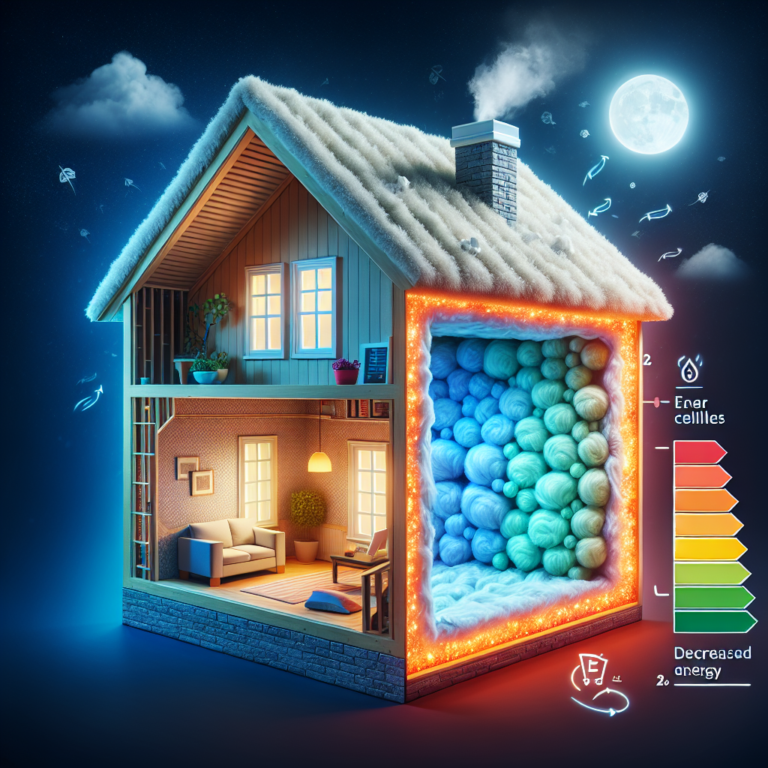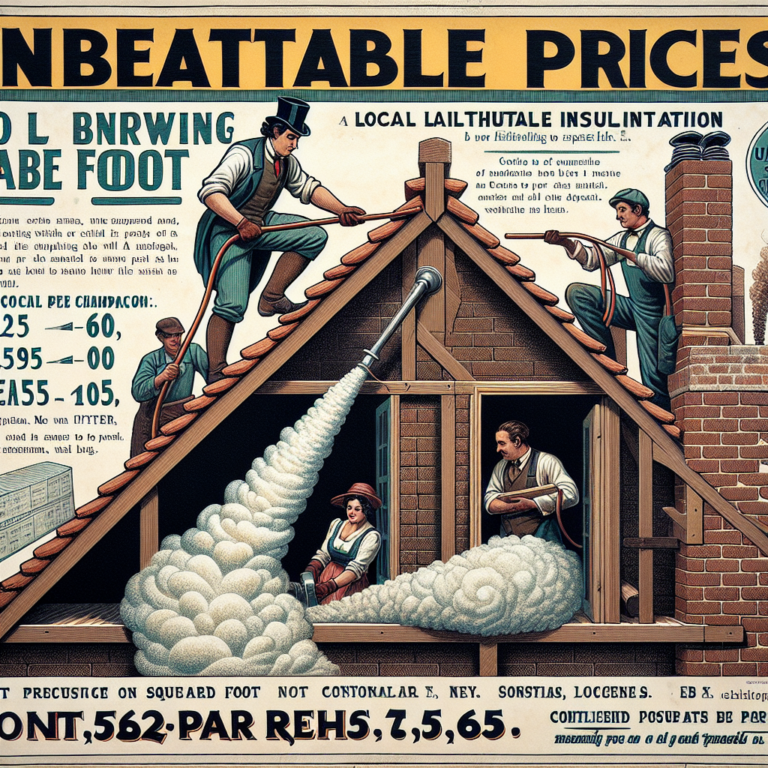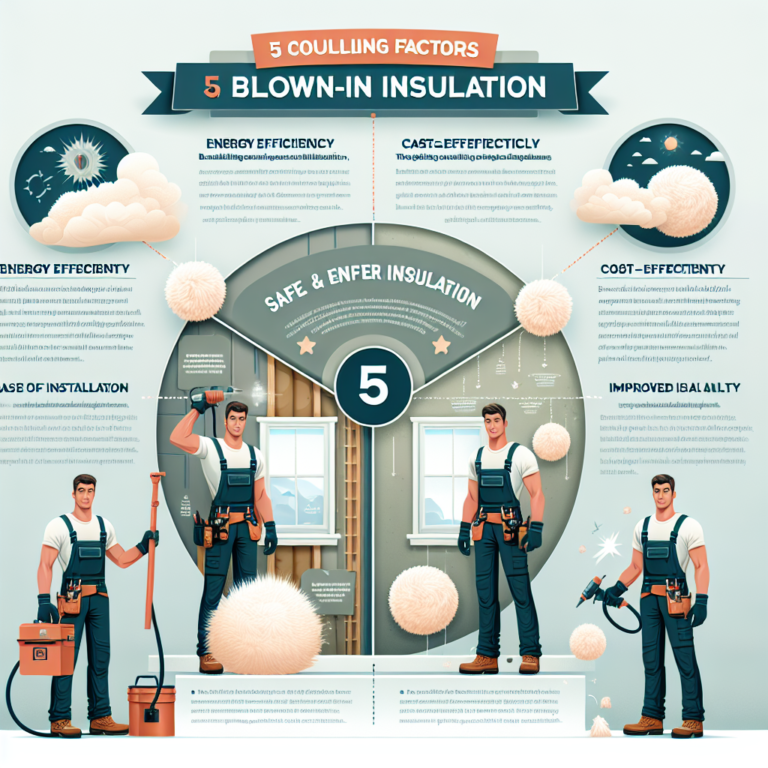Transform Your Attic with Blown Fibre Insulation: The Ultimate Energy-Saving Solution
Introduction
When it comes to cutting energy costs and creating a more comfortable home environment, blown fibre insulation stands out as the ultimate attic upgrade. By filling every nook and cranny with recycled, loose-fill material, blown fibre insulation transforms an underutilized attic into a high-performance thermal barrier. In this article, we’ll explore why blown fibre insulation deserves a place in your home improvement plans and guide you through installation best practices and pitfalls to avoid.
Benefits of Blown Fibre Insulation for Attics
Blown fibre insulation offers a host of advantages that conventional batt insulation simply can’t match:
• Seamless Coverage: The loose fibers conform to irregular joists, wiring, and ductwork, eliminating gaps that allow heat to escape.
• Superior R-Value: With an R-value ranging from 3.2 to 3.8 per inch, blown fibre insulation delivers impressive resistance to heat flow, helping keep your home warmer in winter and cooler in summer.
• Lightweight and Non-Compressed: Because it settles less over time than other loose-fill options, blown fibre maintains its insulating power for years.
• Noise Reduction: The dense, airy structure of blown fibre dampens external sounds and airborne noise between living spaces, creating a quieter home.
• Eco-Friendly Choice: Often made from recycled newspaper (cellulose) or post-industrial glass (fiberglass), blown fibre insulation helps divert waste from landfills.
• Quick DIY or Professional Installation: Whether you hire a contractor or rent a blowing machine for a weekend project, the process is straightforward and fast.
How to Install Blown Fibre Insulation in Your Attic
1. Prepare the Space: Remove any old insulation, debris, and obstacles. Seal air leaks around plumbing vents, wiring chases, and attic hatches with caulk or spray foam.
2. Calculate Coverage: Measure your attic’s square footage and decide on the target depth—usually 12–14 inches for optimal energy savings.
3. Rent or Arrange the Blowing Machine: Home improvement stores rent insulation blowers. Choose cellulose or fiberglass insulation based on budget and performance preferences.
4. Safety First: Wear protective goggles, a dust mask, gloves, and long sleeves. Ensure good ventilation in the attic.
5. Start Blowing: Begin at the farthest corner from the attic access point. Wear the blower hose against your hip to maintain a consistent depth. Overlap each pass slightly for even coverage.
6. Check Depth: Use a ruler or depth gauge marked on attic joists to confirm you’ve reached the recommended thickness. Add more material if needed.
7. Clean Up: Return unused insulation to bags for later use, and sweep up any escaped fibers.
Common Mistakes to Avoid When Using Blown Fibre Insulation
• Skipping Air-Sealing: Even the best insulation can’t compensate for drafts. Always seal leaks before adding blown fibre insulation.
• Underestimating Depth: Installing too little insulation dramatically reduces thermal performance. Aim for the recommended depth for your climate zone.
• Overloading the Blower: Feeding too much material into the machine at once can clog hoses and prolong the job.
• Ignoring Ventilation: Blocking soffit or ridge vents can lead to moisture buildup and attic mold. Maintain proper airflow channels.
• DIY Without Research: While blown fibre insulation is DIY-friendly, improper techniques can cause uneven coverage. Read manufacturer instructions or consult a professional if you’re unsure.
Q&A
Q1: How long does blown fibre insulation last?
A1: When installed correctly, blown fibre insulation can last 20–30 years or more with minimal settling.
Q2: Can I install blown fibre insulation over existing insulation?
A2: Yes—adding blown fibre over old batt insulation is a common way to boost R-value without removing the original material.
Q3: Does blown fibre insulation pose any health risks?
A3: Modern cellulose and fiberglass insulation are treated to resist mold and pests. Wearing protective gear during installation minimizes dust exposure.
Conclusion
Investing in blown fibre insulation is one of the smartest ways to transform your attic into an energy-saving powerhouse. With its superior coverage, high R-value, eco-friendly makeup, and noise-reducing qualities, blown fibre insulation pays for itself through lower utility bills and enhanced indoor comfort. Whether you tackle the installation yourself or hire a pro, make blown fibre insulation the centerpiece of your next home energy upgrade and enjoy a cozier, more efficient living space year-round.












